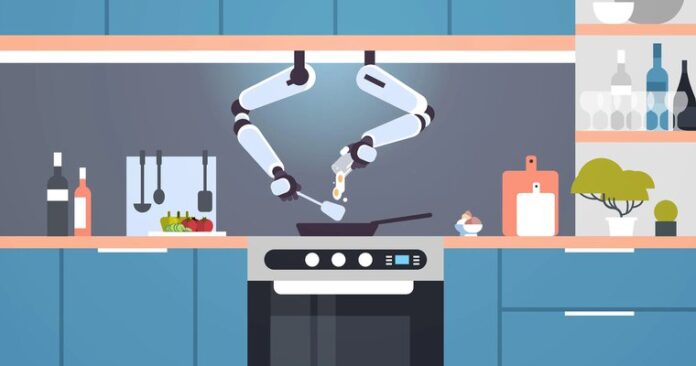Technology can play a big role in your kitchen, and not just for cooking. There are many gadgets and appliances that can make your cooking experience much easier and more efficient. In this article, we’ll take a look at some of the ways that kitchens are using technology to improve their workflow.
Understanding the Technology Options Available in Kitchens
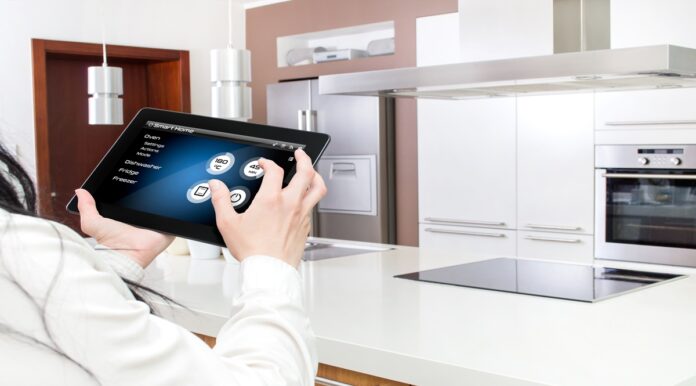
Kitchens are often one of the most technologically-advanced spaces in a home, and with good reason. They are typically responsible for preparing food and serving it to guests, and they need to be able to handle a wide range of tasks and tasks quickly. Of course, kitchens aren’t the only places where technology can be helpful; it can also be useful in other areas of the home, such as the living room or bedroom.
When choosing technology for a kitchen, there are a few things to consider. First and foremost, what type of technology do you want? The options range from hand-held devices that allow you to cook without having to leave your seat, to large-screen televisions that can be mounted on the wall. Second, what are the budget constraints? Many technologies have advanced over the years, but some may still be too expensive for certain kitchens. Third, what are your needs specific to the kitchen? Do you need help with prep work or do you need assistance with serving food? Fourth, what is your kitchen’s layout? Are there specific areas that you want to focus on (e.g., cooking area, appliances), or do you want more flexibility (e.g., having access to multiple rooms)?
Using Technology to Improve Efficiency and Productivity
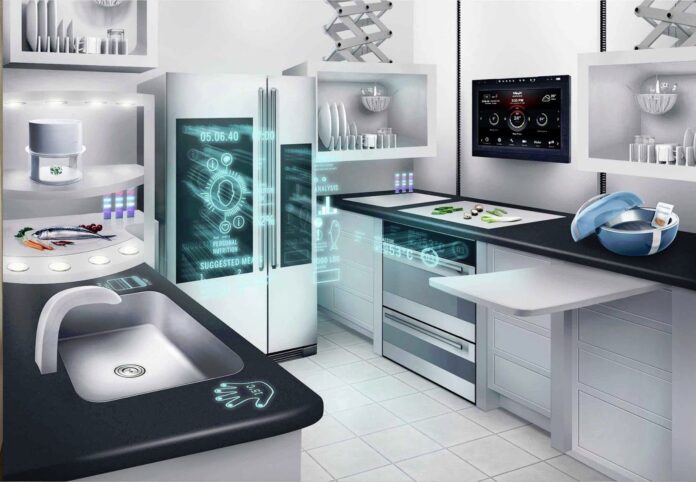
Kitchens are a great place to start when looking to improve efficiency and productivity. With the right technology, kitchens can be more organized, efficient, and accurate in their cooking.
One popular way to use technology in the kitchen is to use automation to speed up tasks. Gadgets like kitchen timers can automate tasks like preparation time, baking time, and so on. This can help save hours of time each day.
Another way to use technology in the kitchen is to improve accuracy. Many modern kitchens have sensors that track the temperature and humidity levels in the room, which can help with cooking accuracy. This can prevent mistakes like overcooked or undercooked food.
Finally, kitchens can use technology to manage inventory. By tracking what ingredients are used and how much they’ve been used, kitchens can better plan their menus and ensure that they have enough supplies on hand. This can save time and money in the long run.
One of the many ways kitchens can improve is by using technology like Kitchen Display Systems. Replacing manual systems with new ones that allow more content to be shown on display, Kitchen Display Systems also enable kitchen staff to spend less time looking for what they need and more time for preparing food.
What is a KDS?
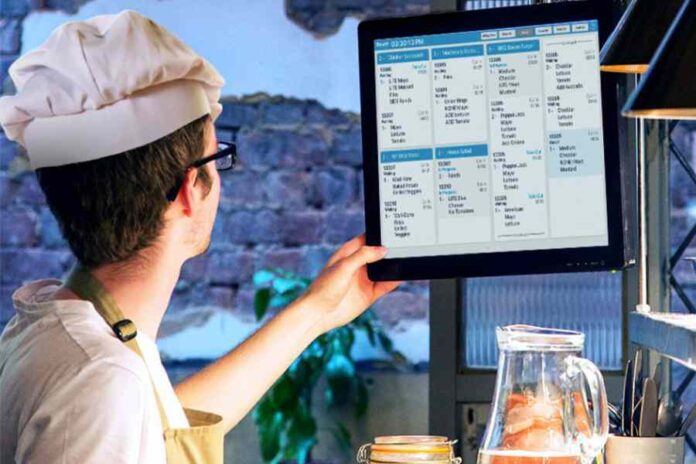
A kitchen display system (KDS) is a type of electronic media storage and retrieval system found in many kitchens today. This system typically consists of a large screen or monitors mounted on the wall near the cooktop or ovens, providing easy access to recipe cards, cooking times, and other information. Some systems also include built-in timers and other features to help you keep track of your cooking progress.
What Does a KDS Do?
KDS have different features for its systems that are convenient for restaurant owners. These include:
- Directing orders to the proper preparation stations.
- Organization of items and dishes
- Kitchen staff can see when specific orders have been in the queue too long, so they can be prioritized.
- KDS can be personalized to follow the flow of your kitchen.
- Kitchen staff can adjust orders in the interactive system or mark when they are ready.
- Staff can check the status of dishes and grab finished orders.
Features of a KDS
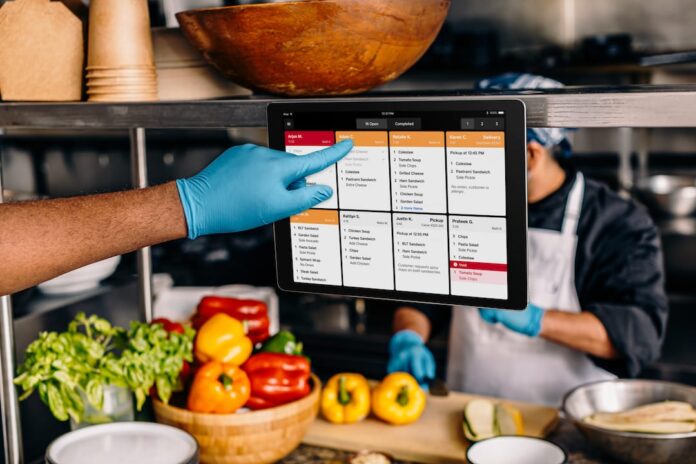
KDS may have varying features, but basic KDSs tend to have these features
Order Director:
This feature helps you separate orders based on their type, whether it is dine-in or take-out. Some have features to separate the type, whether it be an appetizer, dessert, etc.
Meal Cook Times:
A KDS can give staff information about the cook times of each meal so that employees can plan out the preparation. The KDS can order items so that items that take longer to cook are prepared first.
This ensures items with shorter cooking times are not growing cold and can aid staff in guaranteeing all food is sent out hot and fresh
Recipe and Operating Procedure Access:
A feature KDSs should possess is the capability to store recipes and operating procedures. This feature is especially helpful when a restaurant has new staff or when new items are added to the menu for staff to learn.
It’s also helpful for older staff who want to review recipes. There is also an option for restaurants to upload images and videos.
Kitchen Sections:
There are many moving parts in the kitchen, and every section has a different purpose. A KDS sends information to the appropriate sections so that orders are given in time, and there is no delay.
How does KDS Increase Efficiency?
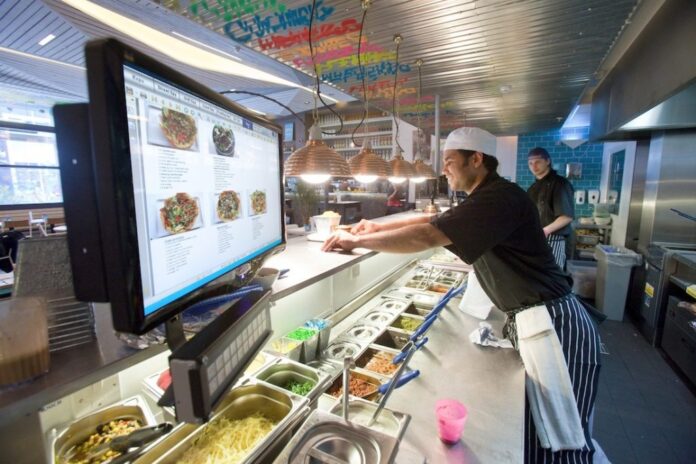
KDS improves efficiency in restaurants in different ways, including better communication between the front and back of the house.
KDS Helps Optimize Processes
Kitchen display systems make it easy to find what you need without paper tickets. There are bright colors, easy-to-follow designs, and high-definition images of the dishes you’re seeking.
Reduction of Errors
There are no more messy, illegible restaurant order slips to read. You can view the order on a display system that’s easy on the eyes and organized clearly.
Better Service
Using electronic inputs can decrease errors as food is transferred from the machine to the kitchen display system. This leads to fewer dishes being made incorrectly and time being saved from not having to remake orders.
Less Waste
Precision is essential, and kitchens need to calculate recipes to make sure all the food gets used, or else there’s unnecessary waste. A KDS can interact with point-of-sale (POS) systems that provide data on sales and projections, helping managers better manage inventory.
Employee Training
Training programs are essential for employees to know how to perform their tasks. If a training program is interrupted, inexperienced workers may turn to more experienced employees, slowing production down.
Restaurants using KDS can make cooking education more available. By displaying images of recipes, opening a KDS restaurant can offer affordable training that employees can partake in while on the job.
Improved Visibility
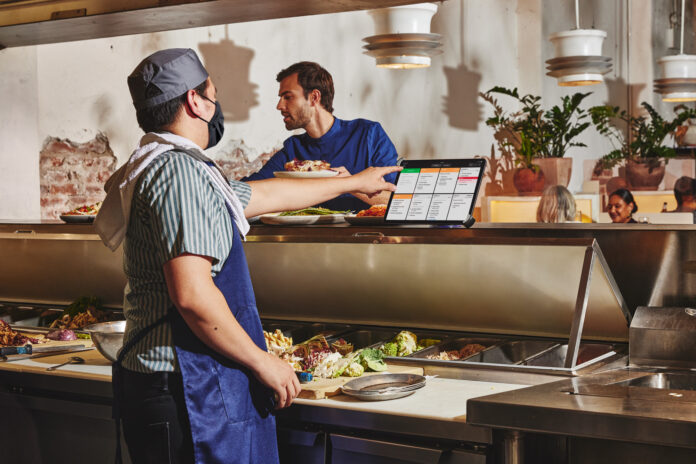
A KDS can help to improve visibility in the kitchen by providing a space for displaying recipes, directions, and other information about cooking instead of having a collection of recipe cards scattered around the kitchen. Not only does this save space, but it makes meal preparation easier and more efficient.
Technology has revolutionized the way we cook and eat. By leveraging technology for food orders and other tasks, kitchens can improve efficiency while also improving the quality of their food.
